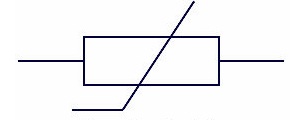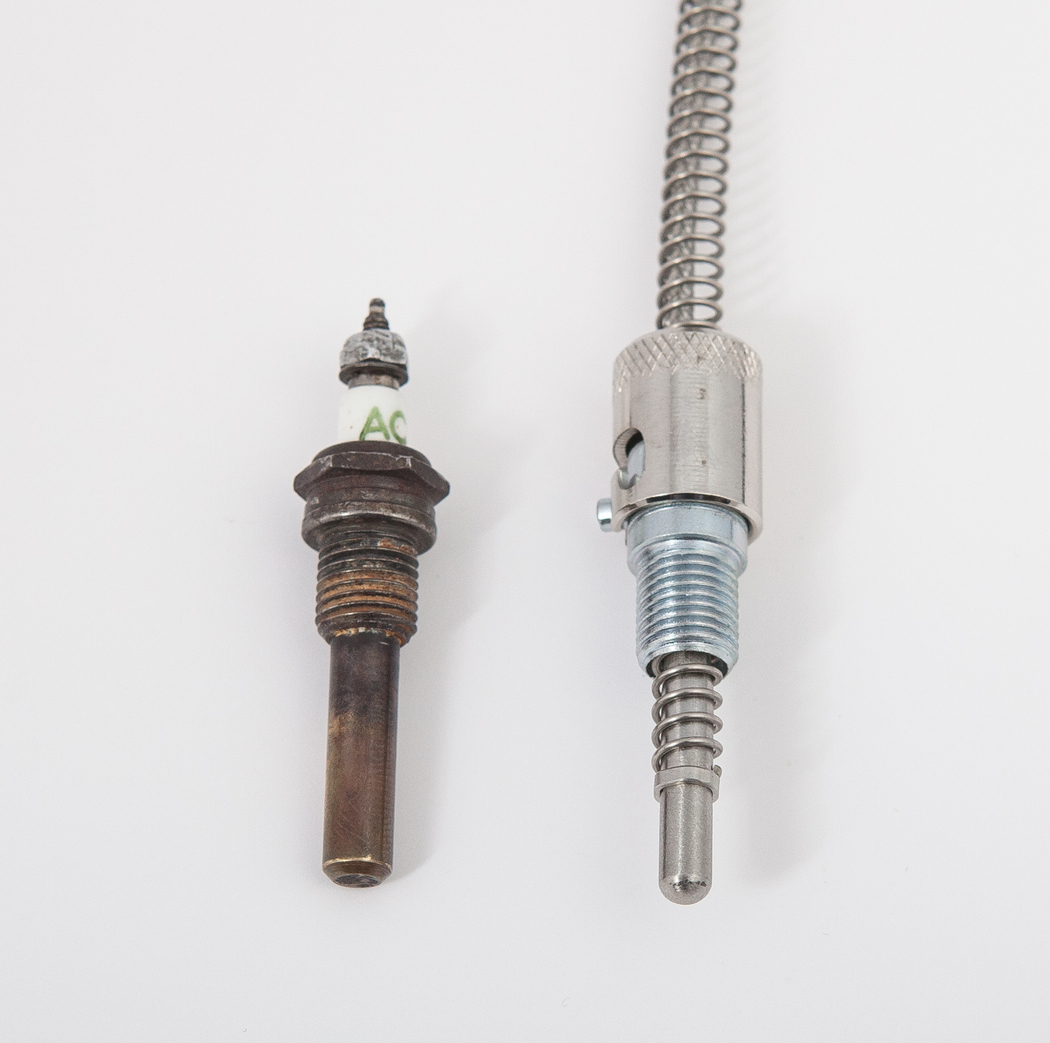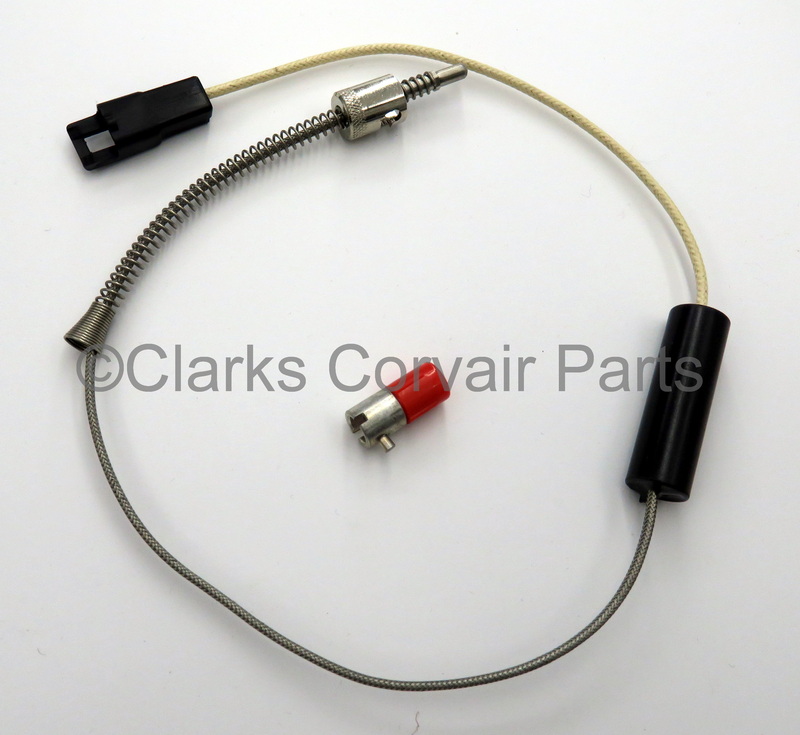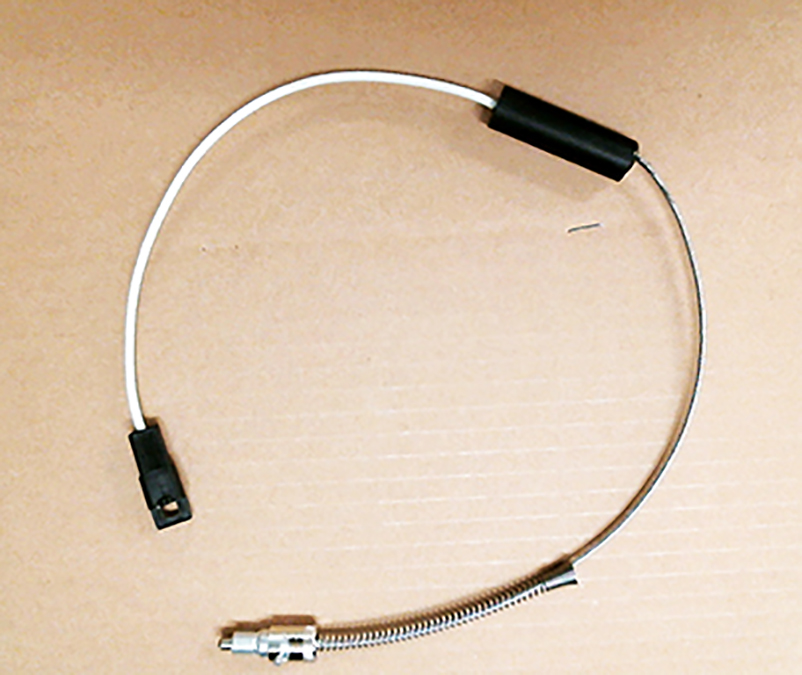Jerry Whitt and I worked on his 1965 Corsa's head temperature gauge that was "pegged" at 600 degrees.
Jerry figured this was either a gauge problem ($) or a thermistor problem ($$$), so we tested both.
Hopefully our diagnosis was correct that it was neither, and possibly a ground problem, since the gauge now works.
The actual values that Jerry and I got on the gauge are about 30% off, but follow the basic "curve" so at least the gauge and thermistor work?
NOTE : Resistance values on charts are approximate, and our results DID vary by about 33%)
Bob corrected the coils inside the gauge, so I corrected the diagrams per his updates (below)
~ Thanks Bob!
This is the basic circuit for the Corsa head temp thermistor and gauge:
(A Monza with a 140 may not have a head temp thermistor OR the related gauge ~ Please advise?)
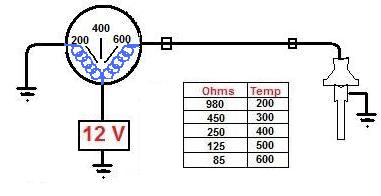
- (A Monza with a 140 may not have a head temp thermistor OR the related gauge?)
- Head Temp Thermistor.jpg (11.9 KiB) Viewed 660 times
This is the basic circuit for testing the Corsa head temp gauge:
Simulate the thermistor by using a rheostat, potentiometer (or individual resistors) that should generate (approximately) the readings shown:
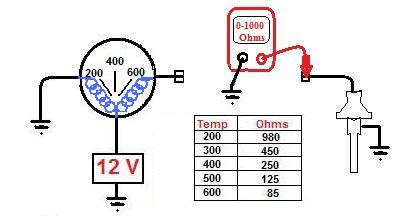
- Test the thermistor by measuring the resitance which should show (approximately) the readings shown depending on the current engine temp.
- Head Temp Gage~Testing Thermistor.jpg (14.42 KiB) Viewed 660 times
This is the basic circuit for testing the Corsa head temp thermistor (on left cylinder head):
With the engine hot, the thermistor’s resistance should be very low, about 100 to 150 ohms or so?
With the engine cold, the thermistor’s resistance should be very high, even "infinite")
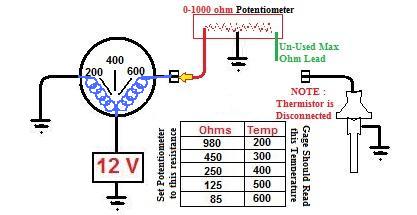
- The thermistor’s resistance should be very low when hot, and very high when cold, even "infinite"
- Head Temp Gage~Testing Gage.jpg (17.65 KiB) Viewed 660 times
We would appreciate any input/proof reading that anyone may have here, to make this more useful?

 1966 Corvair Corsa Convertible
1966 Corvair Corsa Convertible
